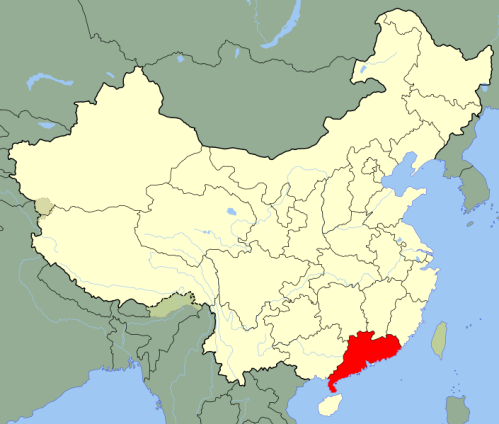If you remember THIS post from a while back, you’ll already know that several months ago, an 800 year-old merchant vessel dubbed “Nanhai No. 1” was successfully located and excavated from the coastal waters of Guangdong Province. Well, recently, another vessel, this one called “Nan’ao-1,” dated roughly 400 year old was found, and salvage excavation is now underway.
According to the report from Xinhuanews, the plan is to excavate the more than 10,000 pieces of locally produced, Ming Dynasty porcelains that were the ship’s main cargo, and then attempt to raise the remains of the ship itself for further study. The excavators claim that “the excavation of the ship will help us learn more about China’s foreign trade at that time.”
The article also notes that the project has been postponed several months due to poor weather and working conditions, but no mention was made of how the finds will be preserved. “Nanhai No. 1” is currently being kept “…in a glass pool at a local museum, the water there duplicating the conditions in which the wreck was found.”
Hopefully, a similar arrangement will be made for “Nan’ao-1.”
Interestingly, these articles never go into full detail about either the projects, of the preservation conditions of the finds… or what happens to the artifacts after they are excavated…something to keep in mind. However, that they claim to be doing the up most to preserve the wreckages is promising.
What this newest excavation shows, however, is that Guangdong’s coastal waters are rapidly becoming a hotbed of underwater archaeology in China, which is itself a budding discipline. It will be interesting to see, in the future, whether Western scholars will be allowed to participate in such projects and whether Chinese underwater archaeology can become a “next big thing.” It also makes me wonder what the state of underwater looting is in China… a subject that has not yet been broached on many fronts. Does anyone out there in the blogosphere have any information on it? I’ll try to do some digging on the subject, but my gut instinct says that somehow, it is not as developed in China as it is in other areas of the word…. prove me wrong!
So far in China, according to the report, salvage archaeology and underwater archaeology is still very much a state-run enterprise.




